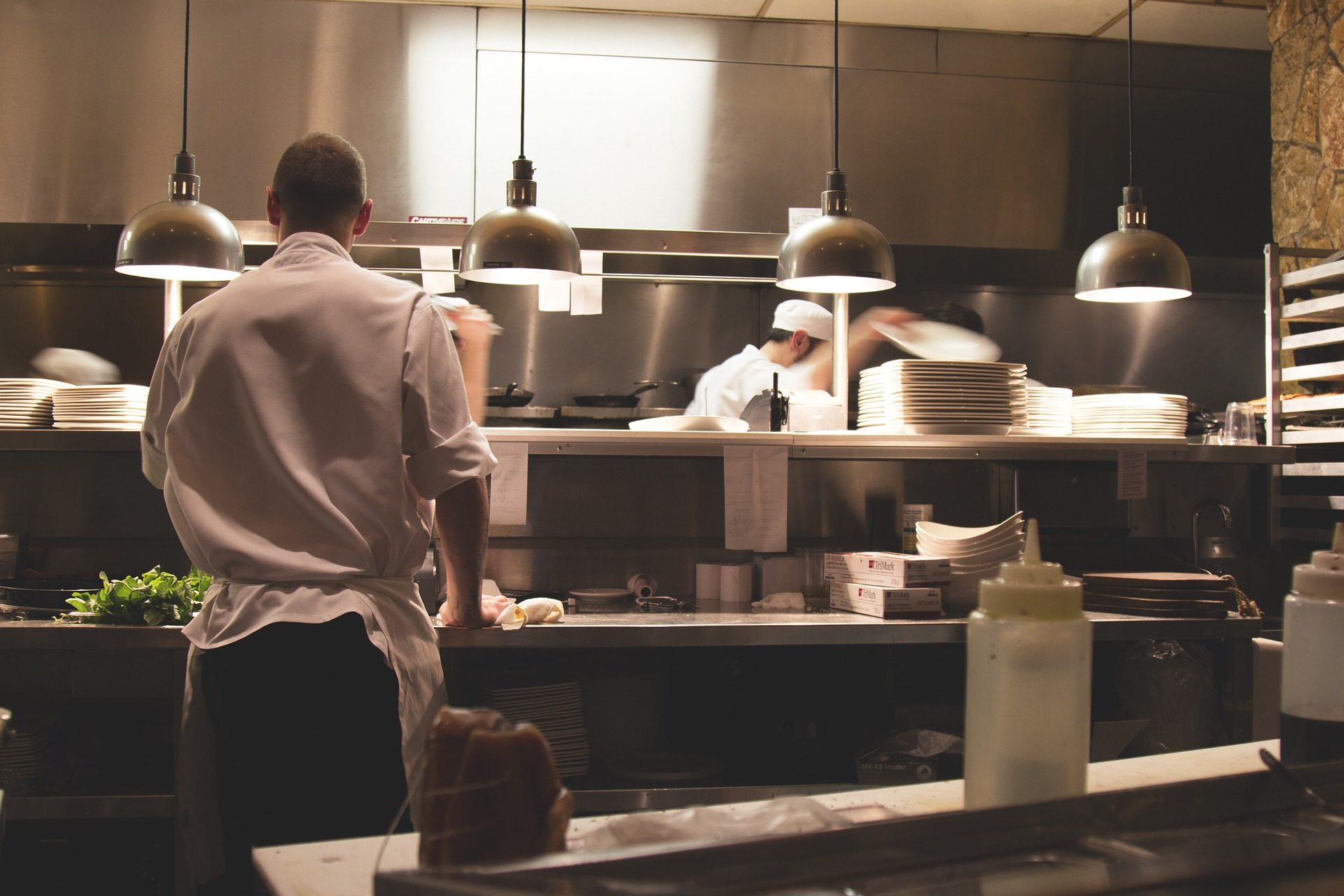Menus differ in size and element depending on the sort of restaurant. The simplest hand-held menus are printed on a single sheet of paper, although menus with a number of pages or “views” are common. In some cafeteria-style restaurants and chain eating places, a single-page menu could double as a disposable placemat. To shield a menu from spills and wear, it may be protected by heat-sealed vinyl web page protectors, lamination or menu covers. Restaurants think about their positioning within the market (e.g. fine eating, fast food, informal) in deciding which type of menu to make use of. Food Menu lets you showcase your menus in a neat grid structure.
With Food Menu, you get a number of layouts on your menu components that allow you to create distinctive menus. In addition, you presumably can select to showcase your menus category-wise with numerous choices for the format appearance. This WordPress restaurant menu plugin also has many layouts for each category when selecting a category-wise menu format.
You can edit this fast food menu template in Photoshop and Illustrator. In a restaurant, the menu is an inventory of food and drinks offered to clients and the prices. A menu may be à la carte – which presents a list of options from which clients choose – or desk d’hôte, by which case a pre-established sequence of courses is offered. Menus could also be printed on paper sheets offered to the diners, placed on a big poster or display board inside the establishment, displayed outside the restaurant, or put on a digital display screen.
The word “menu”, like much of the terminology of delicacies, is French in origin. It finally derives from Latin “minutus”, one thing made small; in French, it came to be utilized to an in depth list or résumé of any kind. The original menus that provided consumers decisions had been prepared on a small chalkboard, in French a carte; so foods chosen from a bill of fare are described as “à la carte”, “based on the board.” Menus, as lists of prepared meals, have been discovered dating back to the Song dynasty in China. In the bigger cities of the time, retailers discovered a method to cater to busy clients who had little time or power to prepare a night meal. The variation in Chinese delicacies from different regions led caterers to create an inventory or menu for their patrons.
Since the late 1990s, some restaurants have put their menus on-line. With a clear, crisp, and vibrant design, it’s excellent for drawing the eyes of your diners to essentially the most luxurious dishes on your menu. All advised, you get a menu template that’s print-ready and provides 5 distinctive layouts from which to choose. During the second half of the 18th century, and especially after the French Revolution in 1789, they unfold to restaurants. Before then, consuming institutions or tables d’hôte served dishes chosen by the chef or proprietors. Customers ate what the house was serving that day, …
